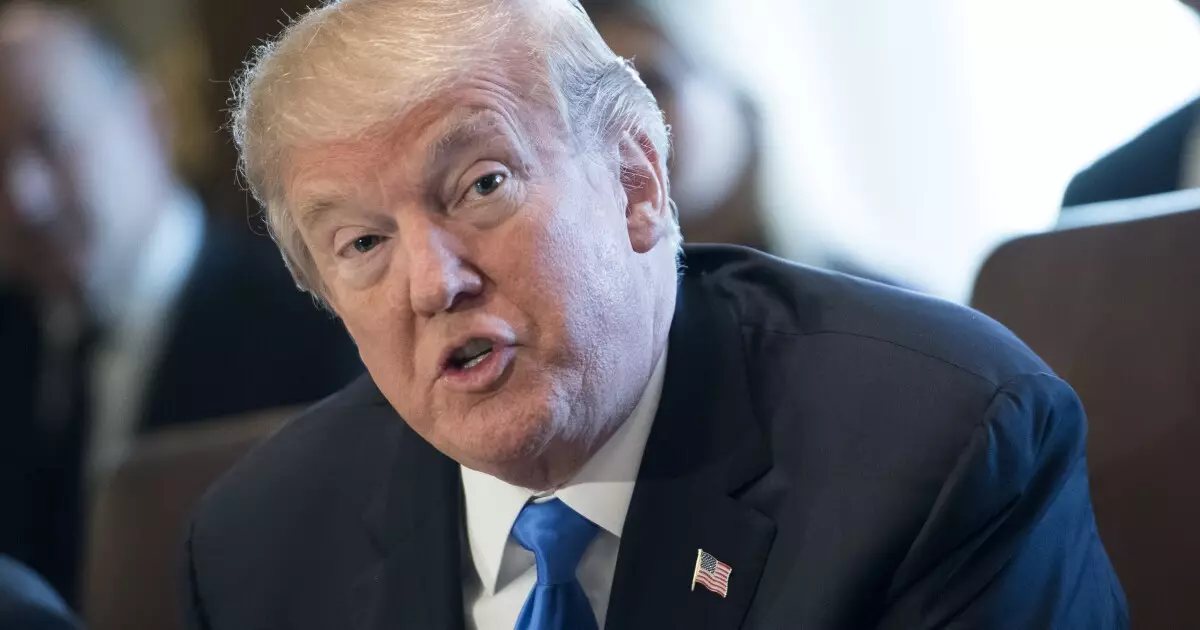Trump’s SALT Deduction Proposal: Political Play or Genuine Reform?

In a surprising move, former President Donald Trump recently expressed his support for lifting the cap on the State and Local Tax (SALT) deduction. This announcement, made on his Truth Social platform ahead of a rally on Long Island, could signal a renewed focus on tax policy that particularly affects residents of high-tax states like New York. The political implications of this move are nuanced, as Trump aims to rekindle bipartisan support while addressing the frustrations of constituents burdened by the SALT cap introduced during his presidency.
The SALT deduction cap was enacted as part of the Tax Cuts and Jobs Act (TCJA) in 2017, a legislative achievement Trump championed during his term. Under this cap, taxpayers can only deduct up to $10,000 in state and local taxes from their federally taxable income. Though designed to increase federal revenue, the cap has faced widespread criticism, particularly from residents in high-tax states who feel unfairly penalized. Many believe this provision disproportionately impacts those in municipalities that rely heavily on state and local funding, effectively tightening their financial noose.
Trump’s recent statement came just before a major rally, suggesting a strategic attempt to engage voters in New York—an important political battleground. The timing of the announcement raises questions about whether this is an earnest policy proposal or merely a populist appeal to swing public opinion in a state where the SALT cap is particularly unpopular. Observers surmise that by pledging to work with both Republican and Democratic leaders to address the SALT issue, Trump is angling for political leverage as he navigates the complexities of New York’s congressional races.
Despite Trump’s overtures, lifting the SALT cap poses substantial challenges. Bipartisan efforts to eliminate the deduction have been stymied by the pandemic and a lack of cohesive tax policy discussions in Congress. Emily Brock, director at the Government Finance Officers Association, noted that attempts to engage in cross-party dialogue have not gained enough traction to be effective. The SALT cap can act as a flashpoint of political contention, with both sides acknowledging its unfairness without reaching consensus on how to remedy the situation.
While Trump’s populist rhetoric aims to invigorate support among voters, the fiscal realities of repealing or modifying the SALT cap are daunting. Estimates from the Tax Foundation indicate that increasing the deduction for joint filers could cost the federal government significant sums, potentially exceeding $11 billion in 2023 alone and growing even more hefty in the following years. Critics question how such reforms would be funded, suggesting that the complexity of balancing federal budgets with tax cuts presents a challenging dilemma for lawmakers.
As the current political landscape continues to evolve, Trump’s commitment to lifting the SALT deduction cap will undoubtedly become a point of contention in upcoming budget negotiations. The looming expiration of TCJA provisions by the end of 2025 heightens the stakes; any movement on the SALT issue will likely influence larger discussions about tax reform and government budgeting strategies.
Ultimately, Trump’s announcement to endorse lifting the SALT cap can be seen as a double-edged sword—providing potential electoral benefit while simultaneously posing significant political and fiscal challenges. As he attempts to gather support from both parties and mobilize voters, the realities of governance and economic policy will test the viability of his proposal. A cautious approach that addresses the concerns of constituents while also respecting fiscal boundaries may be necessary for any substantial progress in changing the SALT deduction landscape. In this polarized climate, whether Trump’s promise can translate into effective action remains to be seen, but one thing is clear: the debate over the SALT deduction is far from over.





